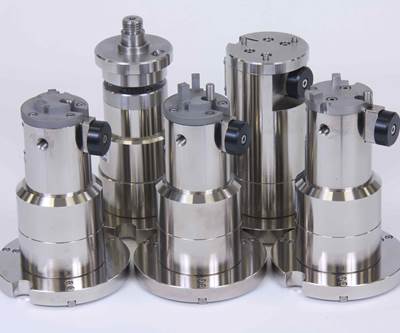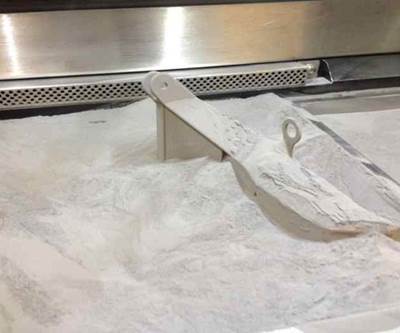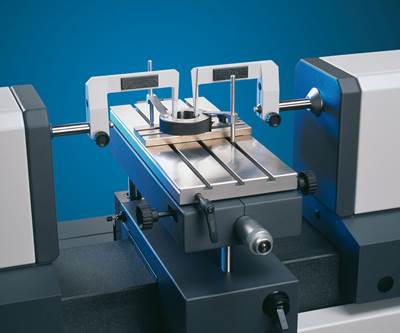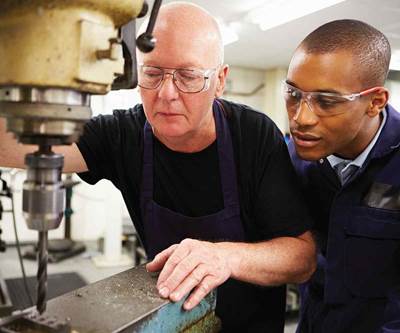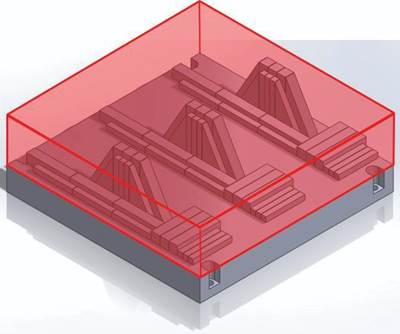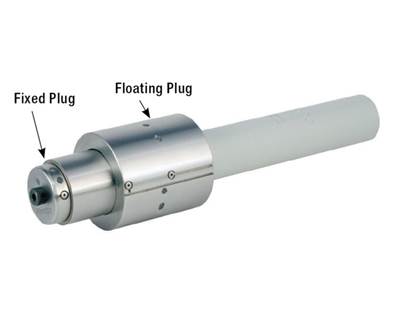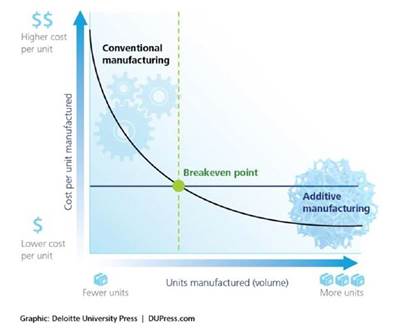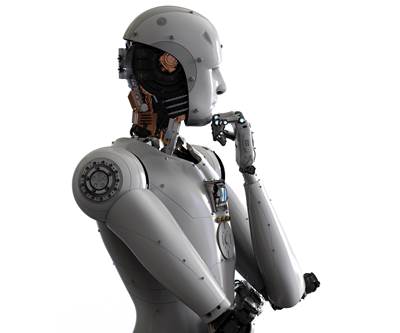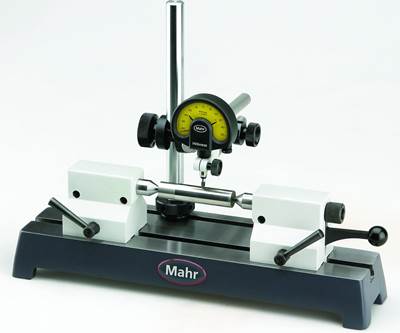Columns
How to Get Form Measurements Right, Part 1: Recognize the Source of Errors
Recognize the source of setup errors.
Read MoreAfter the Build Is Done Why Do the Bills Keep Coming?
When your additively manufactured part is done printing, you just pull it out of the machine and start using it, right? Not even close.
Read MoreThe Art of Submicron Measurements
Special attention must be paid to the selection of the gage and readout as well as to mastering.
Read MoreHow to Deal with Complexities That Affect Worker Skill Levels
The goal must be to keep tasks as simple as possible for those who perform them.
Read MoreWhy Does My AM Part Cost So Much?
The machine, the facility and the material are just three costs behind the price tag.
Read MoreFloat Your Air Plugs for Easy Part Alignment
One way to design clearance forgiveness into an air plug is to enable some float.
Read MoreA Benefit of Additive Manufacturing: No Tooling Is Required
Manufacturers need to understand the cost curves in regard to “conventional” manufacturing practices and those of additive manufacturing.
Read MoreIscar Leader Describes Tool Technology for Machine Shops Acting on Data
As more sophisticated insight into machining performance reveals opportunities for efficiency gain, the value of tooling choices that save time will become increasingly clear.
Read MoreLatest Phase of Outsourcing Favors U.S. Suppliers
An expert with a view from both sides of the OEM/supplier divide sees the narrowing of this divide as one of the major positives favoring manufacturing in the United States.
Read More3D Printers: Using CNC Machines to Adapt Through Similarities
By thinking of 3D printers like any other CNC machine, users can find it easier to adapt to the technology.
Read MoreA.I. Will Become Our Inventor
We know how to engineer automation, but can we automate engineering? This possibility is nearer than we might expect, and it will have implications for manufacturing.
Read MoreHow to Check Roundness Between Centers
A centers-based method can be useful for checking for out-of-roundness without the need for a dedicated roundness machine.
Read More
